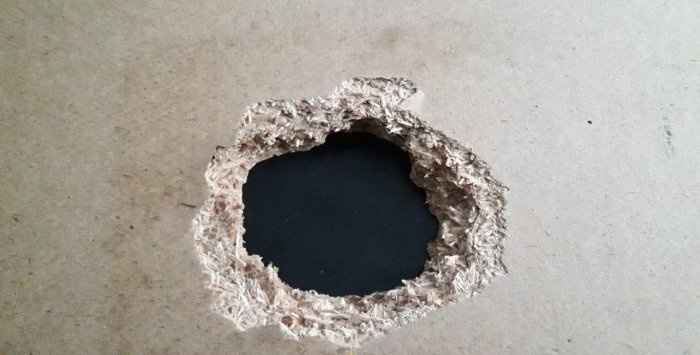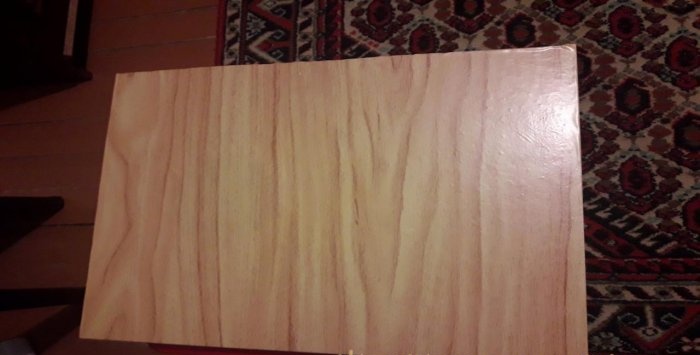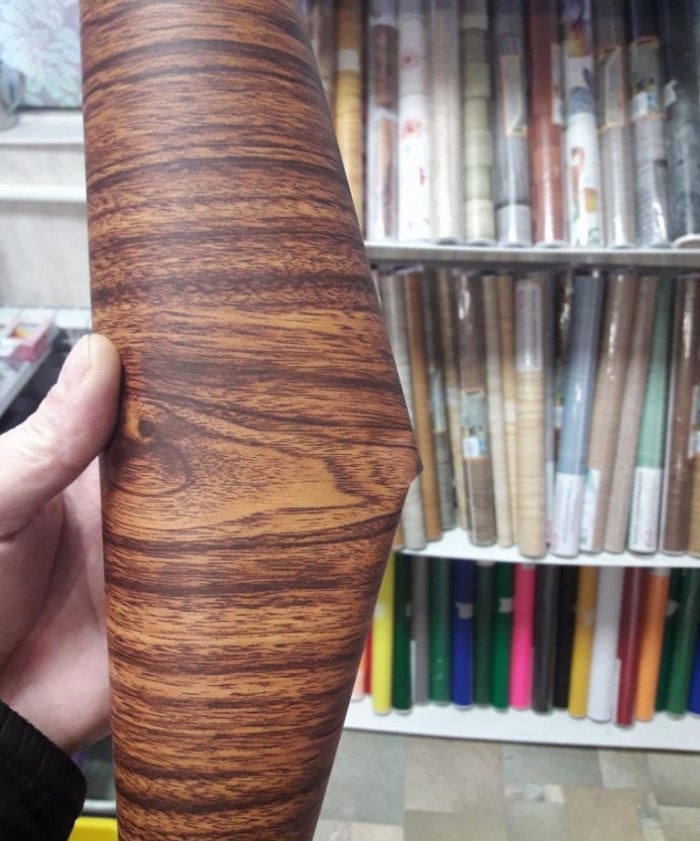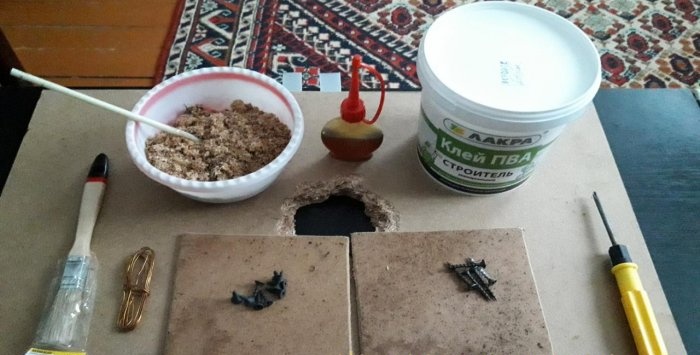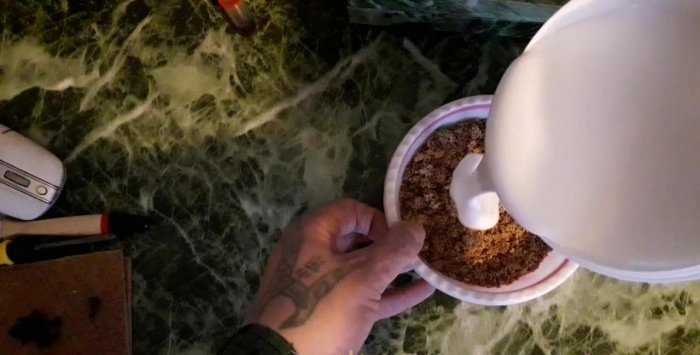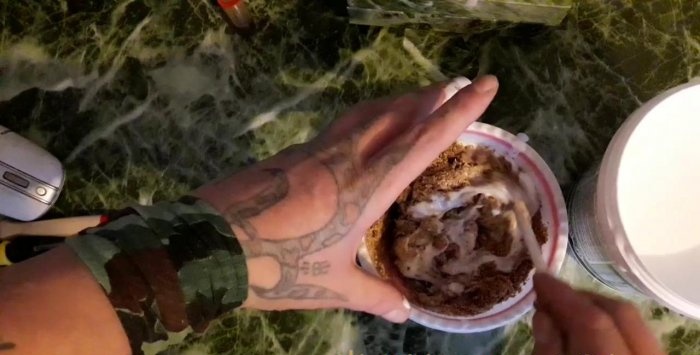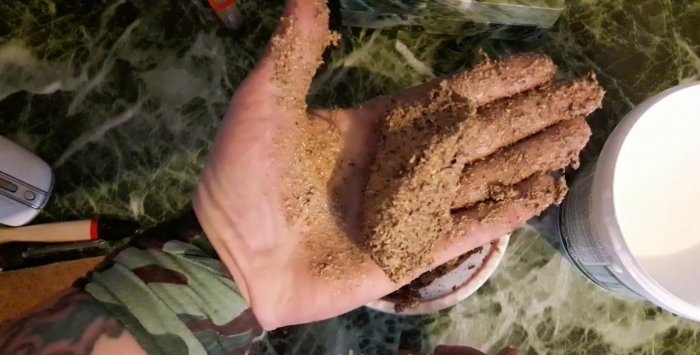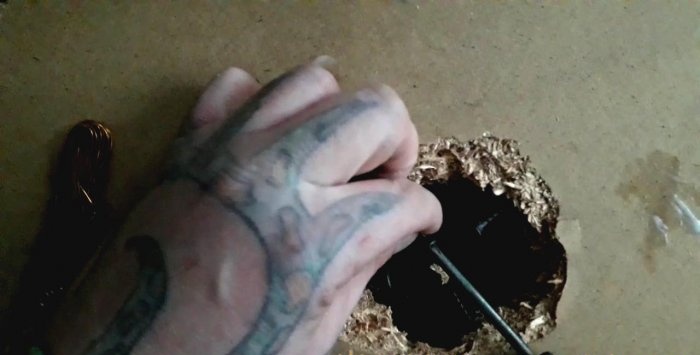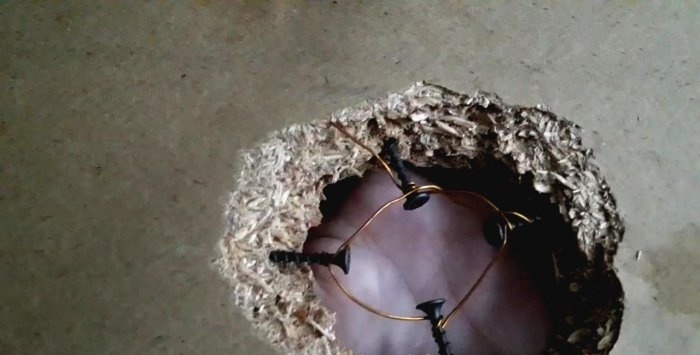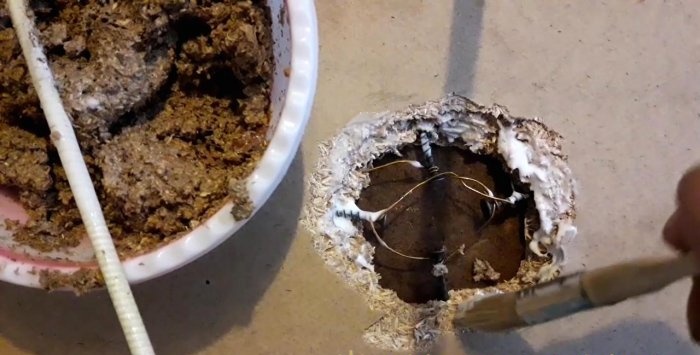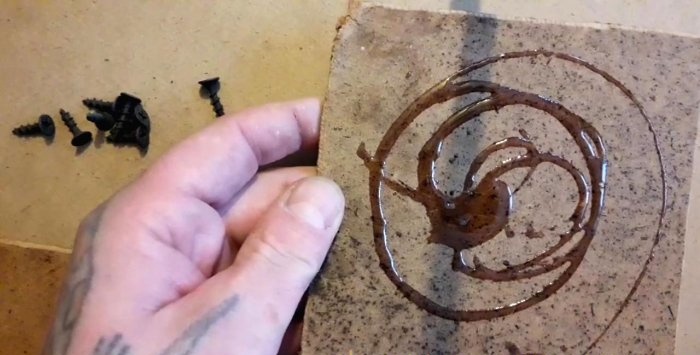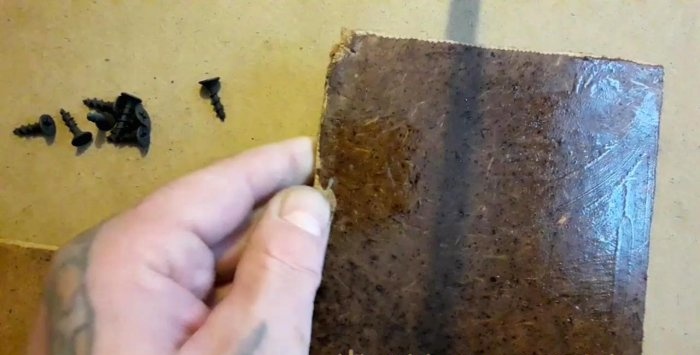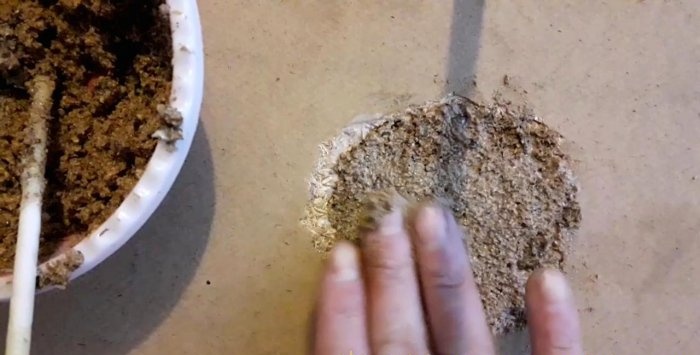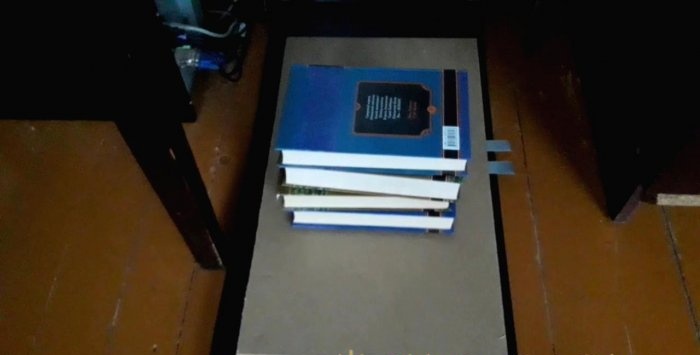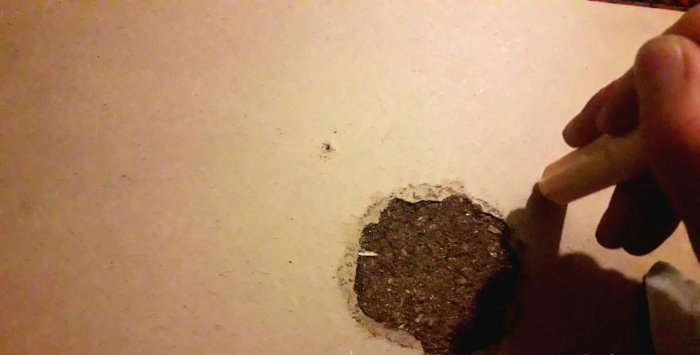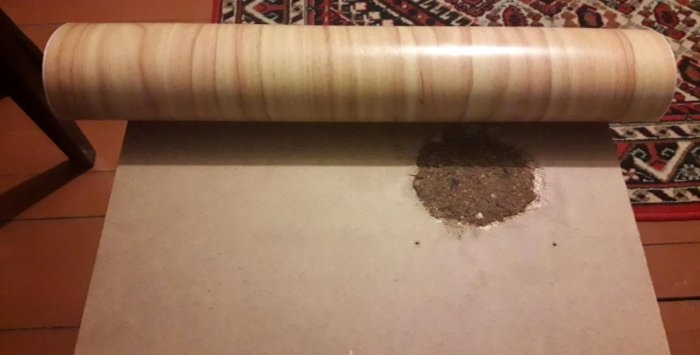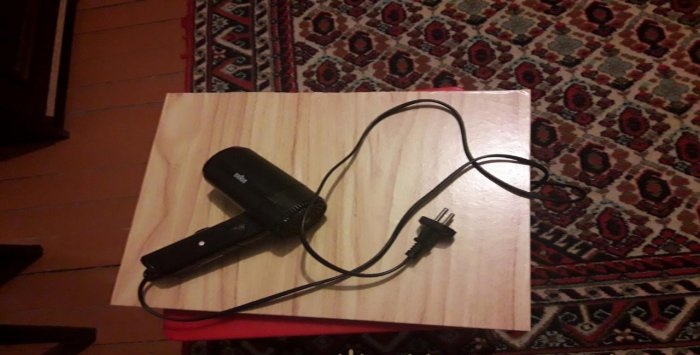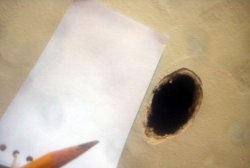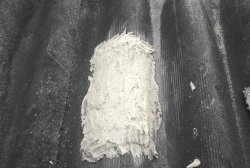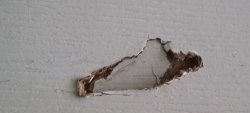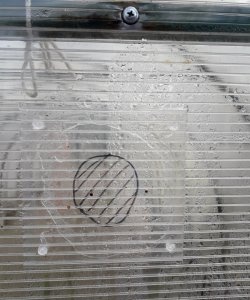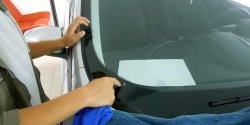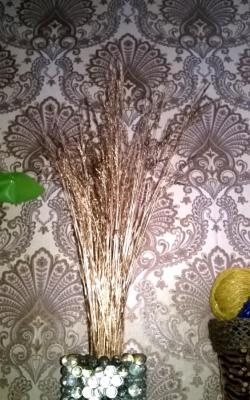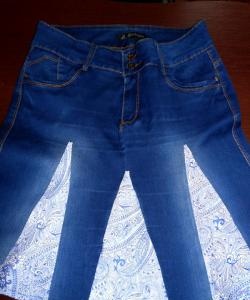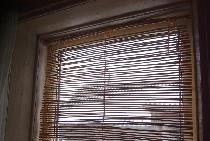During the repair or relocation, anything can happen to the furniture. For example, making repairs in a room and moving a heavy cabinet, or wall section, you can inadvertently drop and damage furniture. Or in the process of moving, crooked assistants will drop. But you never know how - everything happens in life ... It's not so bad if it falls on the back wall. But it’s completely different if the fall falls on the front part, and even on some sharp object, angle or something like that ... With this very fall, a deep dent or break can form.
The incident is extremely unpleasant and sad. Well, if there is a spare door, or the end wall of the same color. And if not? There are many options for how to close up a hole in such an unpleasant incident. One of them we will consider today! As for the suitable texture, color for the sealed hole, then it all depends on the size of the hole. If the punched hole is small, then it is not necessary because of it to paste over the entire cabinet with new wallpaper after repair; just pick the right color and texture, and glue only the repaired part. Fortunately, for self-adhesive wallpapers for furniture restoration, a huge and varied set of all colors, colors, sizes and contents are now on sale.
Will need
- PVA glue.
- Oil (any).
- Sawdust.
- Long wood screws (thin nails possible).
- Thin wire.
- Short wood screws.
- Screwdriver for selected screws.
- Two smooth sheets of fiberboard, larger in size than the hole.
- Large sandpaper for wood.
- Wood file.
- Self-adhesive wallpaper in the color of furniture.
Do it yourself hole in the chipboard
Since I personally have nothing to close up yet, and I want to share good advice, I will show an example on a small segment of particleboard. First, let's figure out what chipboard is. In fact, these are pressed sawdust mixed with glue. So, we need to choose the material for sealing the holes, as close as possible to the material from which the cabinet sheets were made. Sawdust should not be picked up first. Too small are not suitable - if the area of the hole is too wide, then everything can crack and break. If they are too large, they will simply be uncomfortable to mix with glue. So, we need a couple of handfuls of sawdust, medium grit. Handfuls are full. How much a hand can take. For starters, this is enough, although it all depends on the area of the hole. Put the sawdust in the container. We pour PVA glue there. Slightly smaller in volume than sawdust. We mix.
First, with a stick, and then with your hands, since this glue is not toxic. But if anyone is squeamish, then you can wear rubber gloves on your hands. It should be a kind of dough. Cool. How to determine the viscosity? Take a small lump, squeeze in a fist. Unclench your palm, the mass should remain in the resulting form.
If it spreads out - add sawdust, if it falls apart - then glue. Now let the mass stand for 10-15 minutes. And we, meanwhile, will take care of the edges of the hole. It is necessary to break off all the sticking out pieces and exfoliate everything that is exfoliated, if necessary, treat it with a file on a tree. Next, we screw long screws into the broken edges from the inside (or drive in carnations), as in the photo:
We tie the hats of screws (nails) with wire - this will be a kind of reinforcement. Lubricate the broken ends of the break with glue.
Now, on one side of the breach, screw the most even plane onto the short screws; a small sheet of fiberboard, plastic or plywood. Just before that, be sure to lubricate the screwed surface with oil so that the glue-sawdust does not stick to it.
Now we put the sticky mass in the breach. We carefully press and ram it into all the smallest cracks and chips at the end of the break. We spread the mass into the gap until it becomes a couple of millimeters thicker than the main sheet.
We fasten on top a second flat and even sheet, oiled. We put chipboard with the punched hole on a flat surface, press down on top with something heavy; weight, or a stack of books and leave in this position for two to three hours.
During this time, the adhesive mass will stick a little, and it will be possible to remove the side sheets that held and leveled the mass so that it dries faster. Although I preferred not to shoot. Leave for a day, in some kind of warm, dry room. After a day, we press inward the edges from the screws removed by the fiberboard (can be stuck with cold welding) so that nothing sticks out anywhere, and we finish with sandpaper.
It remains to stick decorative self-adhesive wallpaper, suitable texture.
To do this, wipe with a dry cloth the surface on which we will glue the wallpaper. It is also desirable, using a spray gun, to moisten the air in the room in which we will glue so that the dust settles. Dust at such work is the worst. The smallest speck of dust falling under such wallpaper immediately forms a bubble. Now gently, starting from one of the corners, paste the wallpaper. It is necessary to be very careful here - it’s not possible to peel back such wallpapers intact, since they are very thin; will have to buy the same again. After pasting the plane, we cut and bend the corners. Done. If the bubble nevertheless appears, pierce it with a thin needle in several places, then warm this place with an ordinary hair dryer, immediately smooth it with your palm.
After this procedure, the bubble will disappear. You can also heat the corners with a hairdryer so that they stick together better. And joints, if any. That's all, the damaged part is repaired.
